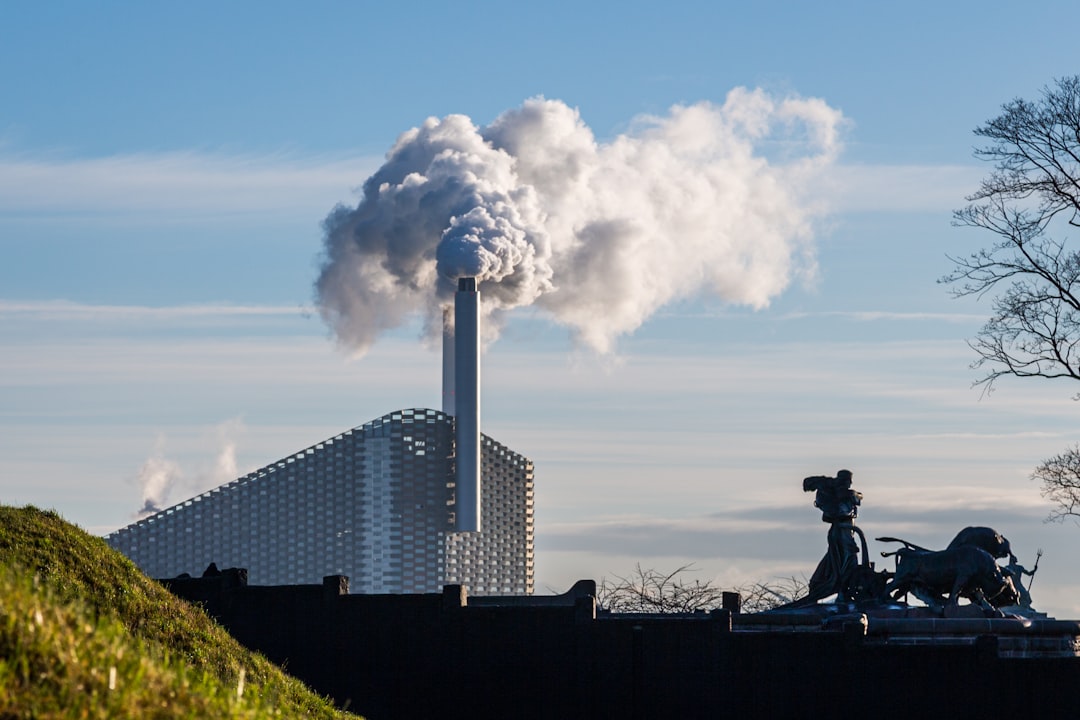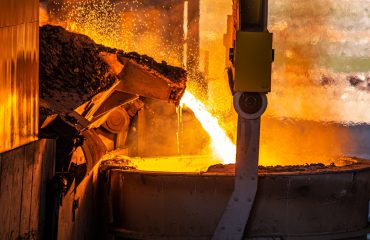The steel industry is a cornerstone of modern civilization, but its traditional production methods are significant contributors to global carbon emissions. The urgent need to mitigate climate change demands a radical shift towards sustainable steel production. This post explores innovative strategies to drastically reduce the carbon footprint of steel factories, paving the way for a greener and more sustainable future.
1. Transitioning to Low-Carbon Energy Sources
The most significant source of carbon emissions in steel production is the energy used in the blast furnace process. Traditional blast furnaces rely heavily on coke, a fossil fuel derived from coal, to provide the heat necessary for iron ore reduction. Transitioning to low-carbon energy sources is paramount. This includes:
- Hydrogen-based reduction: Replacing coke with hydrogen as a reducing agent is a game-changer. Hydrogen can be produced from renewable sources like solar and wind power, resulting in virtually zero carbon emissions during the reduction process. While still under development, significant progress is being made in developing cost-effective hydrogen-based steelmaking technologies.
- Electric Arc Furnaces (EAFs): EAFs utilize electricity to melt scrap steel, significantly reducing reliance on fossil fuels. The carbon footprint of EAFs depends heavily on the electricity source; using renewable energy sources makes EAFs a highly sustainable option. Increasing scrap metal recycling is crucial to maximizing the effectiveness of EAFs.
- Carbon Capture, Utilization, and Storage (CCUS): CCUS technologies capture CO2 emissions from blast furnaces and either utilize them in other industrial processes or store them underground. While still relatively expensive, CCUS can play a crucial role in reducing emissions from existing blast furnaces while cleaner technologies are being scaled up.
2. Optimizing Production Processes for Efficiency
Beyond energy sources, optimizing production processes can significantly reduce emissions. This involves:
- Improved process control: Implementing advanced process control systems can optimize energy consumption and reduce waste, leading to lower emissions. Real-time monitoring and data analysis can identify inefficiencies and allow for targeted improvements.
- Waste heat recovery: Steel production generates significant amounts of waste heat. Implementing systems to recover and utilize this waste heat for other processes, such as heating buildings or generating electricity, can drastically reduce energy consumption and emissions.
- Minimizing material losses: Reducing material losses during the production process minimizes the need for additional raw materials, reducing the associated emissions from mining and transportation.
3. Enhancing Recycling and Circular Economy Strategies
Steel is a highly recyclable material, and increasing the recycling rate is crucial for reducing its carbon footprint. This requires:
- Improving scrap metal collection and processing: Investing in efficient scrap metal collection and processing infrastructure is essential to ensure a steady supply of recycled steel for EAFs. This includes developing better sorting and separation technologies to improve the quality of recycled steel.
- Designing for recyclability: Designing steel products with recyclability in mind ensures that they can be easily and efficiently recycled at the end of their life cycle, closing the loop and reducing the demand for virgin materials.
- Promoting the use of recycled steel: Governments and industries can promote the use of recycled steel through policies and incentives, encouraging wider adoption and increasing demand.
4. Investing in Research and Development
Continued investment in research and development is crucial for developing and implementing even more sustainable steelmaking technologies. This includes:
- Developing more efficient hydrogen production methods: Research into cost-effective and sustainable hydrogen production methods, such as electrolysis powered by renewable energy, is essential for widespread adoption of hydrogen-based steelmaking.
- Improving CCUS technologies: Further research and development are needed to improve the efficiency and cost-effectiveness of CCUS technologies, making them a viable option for reducing emissions from existing blast furnaces.
- Exploring alternative steelmaking processes: Research into alternative steelmaking processes that are inherently more sustainable, such as direct reduction processes using renewable energy, is crucial for long-term decarbonization.
5. Collaboration and Policy Support
Reducing the carbon footprint of the steel industry requires a collaborative effort between governments, industry players, and research institutions. This includes:
- Implementing carbon pricing mechanisms: Carbon pricing mechanisms, such as carbon taxes or emissions trading schemes, can incentivize steel producers to reduce their emissions.
- Providing financial incentives for green steel technologies: Governments can provide financial incentives, such as grants and subsidies, to encourage the adoption of green steel technologies.
- Setting ambitious emission reduction targets: Setting clear and ambitious emission reduction targets for the steel industry can drive innovation and accelerate the transition to sustainable steel production.
- Promoting international cooperation: International cooperation is essential to share best practices and coordinate efforts to reduce the global carbon footprint of the steel industry.
By implementing these strategies, the steel industry can significantly reduce its carbon footprint and contribute to a more sustainable future. The transition will require significant investment and effort, but the benefits – a healthier planet and a more resilient economy – are well worth the endeavor.
Tags: steel industry, carbon footprint, green steel, sustainable steel, decarbonization




